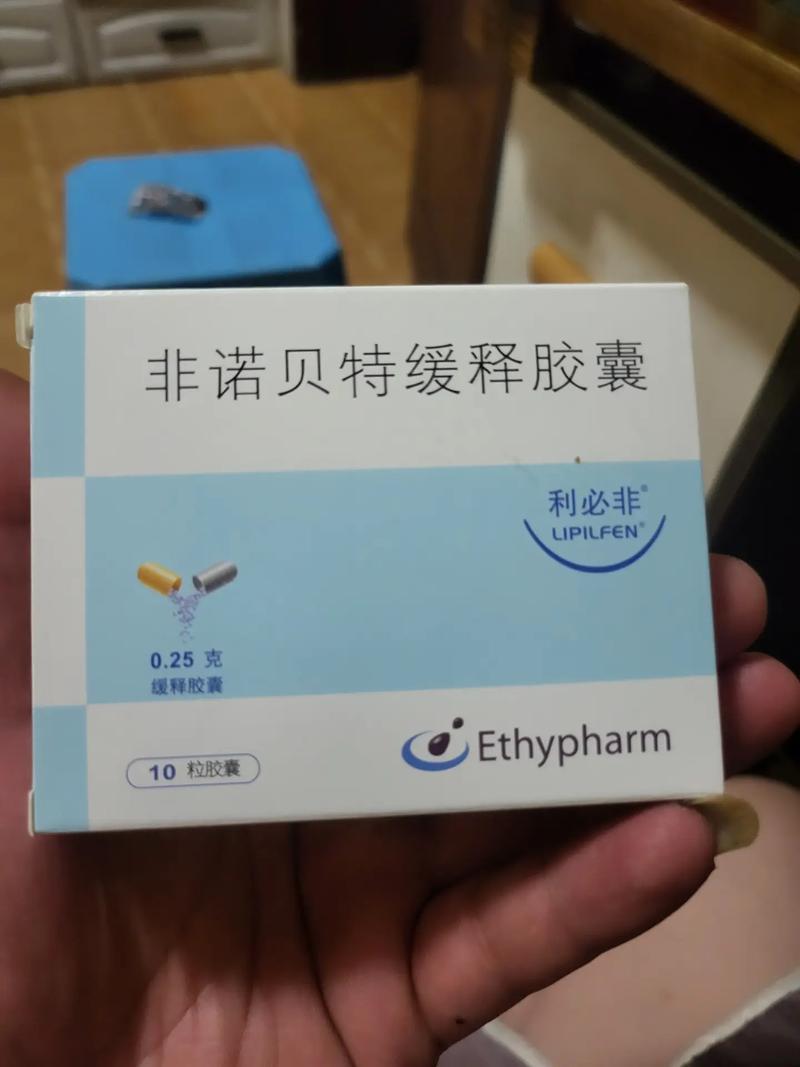
Erythromycin Ethyl Succinate 200mg/5ml: A Comprehensive Overview
Erythromycin ethyl succinate, commonly known as EES, is a widely used antibiotic that belongs to the macrolide class. This medication is available in various formulations, including the 200mg/5ml suspension, which is particularly convenient for pediatric use. In this article, we will delve into the details of erythromycin ethyl succinate 200mg/5ml, exploring its uses, dosage, side effects, and more.
What is Erythromycin Ethyl Succinate 200mg/5ml?
EES is a semi-synthetic derivative of erythromycin, an antibiotic originally obtained from the bacterium Streptomyces erythreus. It is commonly prescribed to treat various bacterial infections, such as respiratory tract infections, skin infections, and sexually transmitted infections.

How Does Erythromycin Ethyl Succinate 200mg/5ml Work?
EES works by inhibiting the protein synthesis in bacteria, thereby preventing their growth and multiplication. This mechanism of action makes it effective against a wide range of gram-positive and some gram-negative bacteria.
Indications for Erythromycin Ethyl Succinate 200mg/5ml
EES is indicated for the treatment of various bacterial infections, including:
| Condition | Description |
|---|---|
| Respiratory Tract Infections | Such as pneumonia, bronchitis, and sinusitis |
| Skin and Soft Tissue Infections | Such as impetigo, cellulitis, and erysipelas |
| Sexually Transmitted Infections | Such as chlamydia and gonorrhea |
| Other Infections | Such as streptococcal pharyngitis, diphtheria, and syphilis |
Dosage and Administration of Erythromycin Ethyl Succinate 200mg/5ml
The dosage of EES may vary depending on the age, weight, and severity of the infection. The typical dosage for children is 10-20mg/kg/day, divided into 3-4 doses. For adults, the usual dosage is 500-2000mg/day, divided into 3-4 doses. The suspension should be shaken well before each use, and the dose should be measured using a syringe or dosing cup.
Side Effects of Erythromycin Ethyl Succinate 200mg/5ml
Like all antibiotics, EES can cause side effects. Common side effects include gastrointestinal disturbances, such as nausea, vomiting, and diarrhea. Other side effects may include headache, dizziness, and skin rash. In rare cases, more serious side effects, such as liver damage and anaphylaxis, may occur.

Contraindications and Precautions
EES is contraindicated in patients with a known hypersensitivity to erythromycin or other macrolide antibiotics. It should also be used with caution in patients with liver or kidney disease, as well as those taking certain medications, such as anticoagulants and statins.
Interactions with Other Medications
EES may interact with other medications, including certain antacids, anticonvulsants, and anticoagulants. It is important to inform your healthcare provider about all medications you are taking to avoid potential drug interactions.
Conclusion
Erythromycin ethyl succinate 200mg/5ml is a versatile antibiotic that is effective against a wide range of bacterial infections. While it may cause side effects, its benefits often outweigh the risks. As with any medication, it is important to follow your healthcare provider’s instructions regarding dosage and administration. Always consult with a healthcare professional before starting or changing your treatment regimen.



